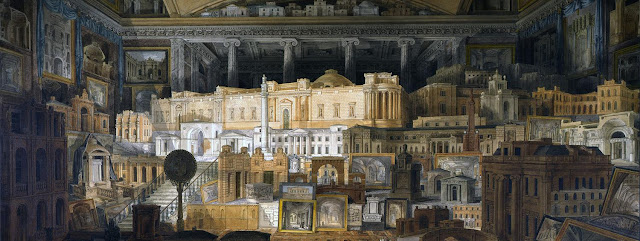Grow Your Own Creativity Project
We’re proud
to have delivered a programme of high quality participatory arts activities,
inspired by nature, green spaces and horticulture during 2023-24. As the project was an arts engagement project with Creative Darlington, the activities and exhibits were situated in various community spaces and venues across Darlington including a former shop space on the high street.
The project involved creating a series of pop-up spaces and installations where people could get creative and be inspired by paper art works. In doing this we hoped to spark a series of creative conversations about nature inspired art and design and the green cultural heritage of Darlington. The decision to exhibit work in public engagement spaces and on the high street opened up unique dialogues with audiences to engage with the arts in non-traditional spaces using unusual art techniques, such as origami, paper pop-ups, monkiri and tunnel books, to show the transformative power of paper.
Two of the pop-up installations celebrated the architecture of the Crystal Palace. It is believed that William Richardson and John Ross of W Richardson & Co. in Darlington, renowned international suppliers of glasshouses during the Victorian era, visited the Crystal Palace. This visit inspired them to create their own unique glass structure designs. The Victorian era in England was the golden age for greenhouses. These glass structures allowed the wealthy upper classes and aspiring botanists to compete for status by constructing elaborate and innovative buildings that housed rare and exotic plants.
In 1837 the giant lily ‘Victoria amazonica’ was discovered in British Guiana (the Caribbean) leading to competition amongst gardeners to grow the plant on British soil. Joseph Paxton, head gardener for the 6th Duke of Devonshire at Chatsworth, became the first gardener to successfully grow the three metre diameter lily pads. After studying the leaf of the lily lad, Paxton determined that the leaf could support an immense weight on account of its structure. To demonstrate the strength of the leaf, Paxton placed his nine year old daughter on a lily pad in a pond in front of a live audience at Chatsworth.
The paper installations were inspired by Paxton's discovery that lily pad structures could support the weight of a child, which significantly influenced the engineering and biophilic design of the Crystal Palace. Additional archival material documenting the glasshouses of W. Richardson & Co. was displayed alongside the paper installation at the Darlington Centre for Local Studies in Darlington Library. Miniature pop-up models of the Crystal Palace were also available for visitors to take home and assemble at the Darlington Centre for Local Studies and The Hive (maker space) in Darlington Library.
The Crystal Palace model can be found on our website, along with video and photo instructions on how to cut, fold, and create this paper model. This ensures that the legacy of the project continues to inspire creativity.
To find out more visit this page on our website.
In addition to the exhibition at the library, a pop-up installation and drop-in art activities for children and families were held at The Friends Meeting Hub in Darlington. A large window showcased a growing large-scale slotted card construction model inspired by the Crystal Palace, which also drew ideas from the Eames House of Cards modular construction play system. Meanwhile, a smaller window display featured nature-inspired paper origami artworks and pressed flowers, along with other items that connect art and nature.
Special thanks to the people and organisations who helped us on our creative journey:
Arts Council England for funding this project through their National Lottery Project Grants programme;
Stephen Wiper at Creative Darlington for funding and facilitating this commission;
Darlington Centre for Local Studies and The Hive at Darlington Library, The Friends Meeting Hub and
Education Space in South Park for
hosting our engagement activities and pop-up installations.












Comments
Post a Comment